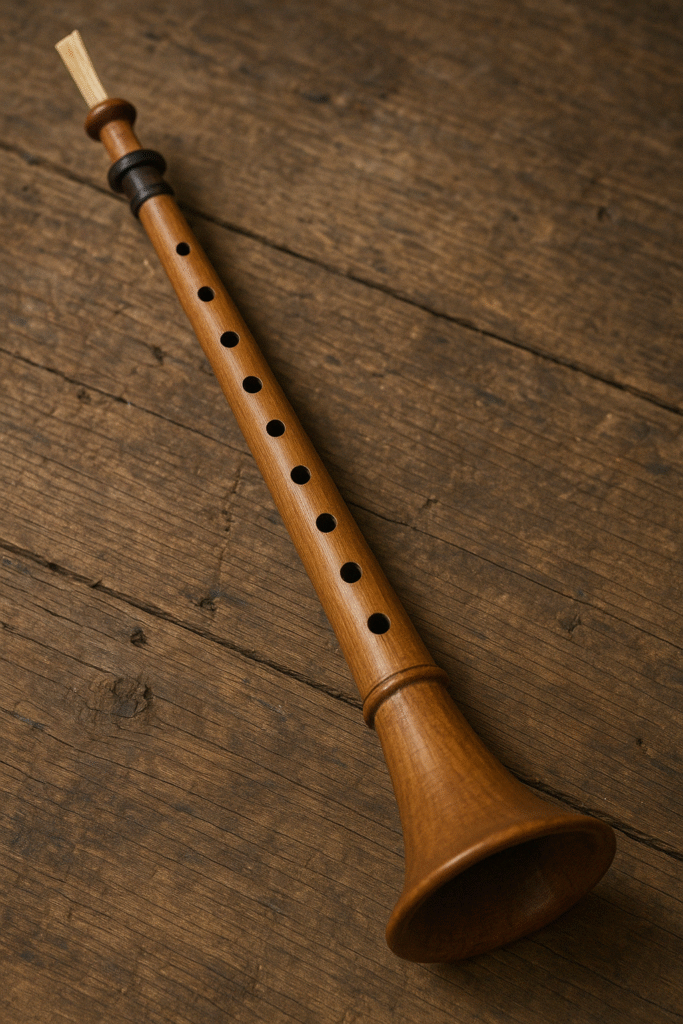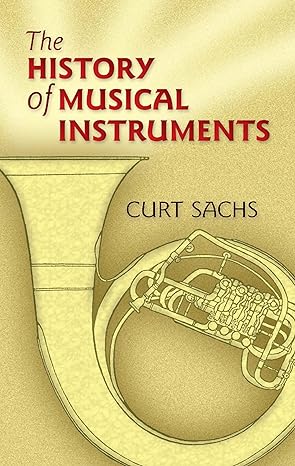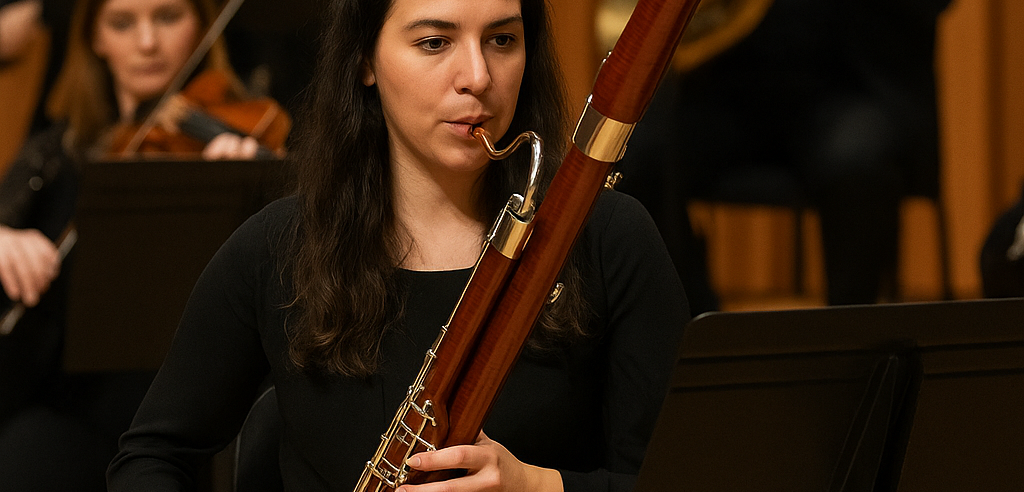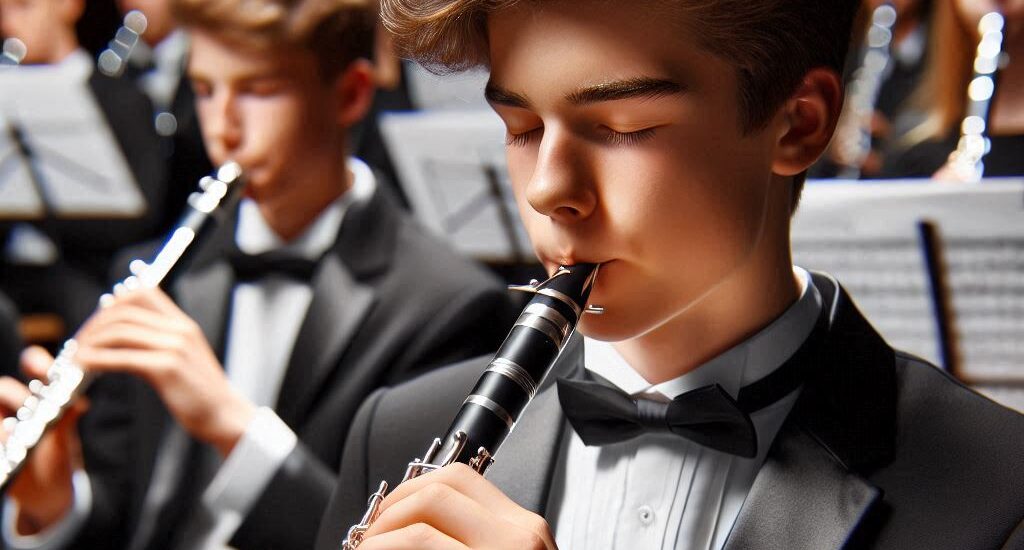Woodwind instruments have been a part of human history for thousands of years, with their roots stretching far back into ancient civilizations. Picture people sitting around a fire, using simple bird bones to make flutelike music. This was probably one of the earliest forms of woodwinds. There’s something almost magical about thinking how people discovered that blowing into a hollow piece creates sound. It must have been quite the discovery!
These early instruments were crafted from whatever nature provided—hollowed-out bones, reeds, or the branches of trees. Instead of the polished and engineered instruments we know today, they were far simpler but laid the groundwork for everything that came after.
Each culture put its own spin on these instruments, as unique as the fingerprints of the people who played them. For example, Ancient Egyptians crafted intricate flutes out of papyrus, while in the Far East, bamboo gave birth to flutes unique to their regions. These beginnings were about as diverse as human creativity gets, shaping how music developed across the world.
The cultural significance of these early woodwinds is something to admire. These instruments weren’t just for creating music; they were woven into rituals and storytelling, used to express a shared human experience beyond speech. This universal connection through sound is something that’s echoed through millennia, as woodwinds continue to be an essential part of our musical landscape.
The Evolution of Craft: Woodwind Instruments from the Middle Ages
Jumping into the Middle Ages, what we see is a time when woodwind instruments started getting a bit of a makeover. The simplicity of ancient woodwinds began to morph as creativity took a front seat in crafting instruments. Artisans began experimenting more, making these instruments both more durable and complex.

Medieval times saw woodwinds like reed pipes and shawms coming into play, each with their own flair. Shawms, for example, were pretty loud and became the life of the medieval music scene, especially in outdoor settings. These instruments adapted well to the times, reflecting the growing sophistication in music and craftsmanship.
Regions across Europe put their stamp on these instruments. From bustling market towns to royal courts, woodwinds became central to entertainment and ceremonial events. Craftsmen in different areas tried a variety of designs and techniques, leading to a fascinating mix of sounds and styles. This was a period where experimentation led to an assortment of woodwind types and uses.
One of the coolest things about this era is seeing how people adapted woodwind designs to fit the vibe of the time. There was a clear shift from purely utilitarian tools for sound to more artistic, expressive instruments that could better serve the complex compositions that were starting to emerge. As societies flourished, so did the musical sophistication, creating a rich soundscape that paved the way for the Renaissance.
Renaissance and Beyond: Woodwind Instruments Take Center Stage
The Renaissance—a time when creativity knew no bounds. It wasn’t just art and architecture; woodwind instruments were also on the rise, getting some serious upgrades. This era was like the heyday for refinements, bringing us closer to the instruments we recognize today.
Flutes, oboes, and bassoons began to align more with what we see in modern orchestras. Craftsmanship reached new heights, turning these instruments into something truly magical. Instead of the rugged, basic designs from before, woodwinds now had elegance, with decorators even adding intricate carvings and inlays. As musical compositions got more complex, woodwinds evolved to meet these new demands.
During this time, woodwinds started playing a bigger role in musical ensembles. They transitioned into core components of orchestras and chamber groups. No longer just background players, they stepped into the spotlight, showing off their unique voices in a harmonious blend with strings and brass.
This age of transformation was about harnessing the full range of expressive capabilities this class of instruments could offer. From baroque ensembles to grand symphonies, woodwinds were key players. Such involvement massively boosted their popularity and the skill required to play them. Composers and players alike pushed the limits, exploring the intricate emotional landscapes woodwinds could convey.
The Renaissance was like an accelerant for woodwind instruments, igniting their role in classical music and setting a stage for the even more diverse sound structures of the future. It provided a foundation that allowed woodwinds to flourish into the versatile and expressive instruments we continue to celebrate today.
Modern Day Melodies: The Continuing Legacy of Woodwind Instruments
Woodwind instruments today are a testament to centuries of evolution and ingenuity, continuing to mesmerize audiences with their versatility and charm. Nowadays, woodwinds are integral to everything from grand orchestras to a variety of contemporary musical genres.
In the modern world, technological advancements have continued to shape and enhance woodwind instruments. From materials like advanced plastics and metals to precise manufacturing techniques allowing better tuning and durability, the tools available to musicians have never been more refined or reliable. These changes mean that today’s woodwind instruments can hit notes with precision that ancient players could have only dreamed of.
Beyond their physical improvements, woodwinds have retained their cultural importance and continue to impact education. Across schools and universities, these instruments are introduced to budding musicians early on, inspiring the next generation of artists with their accessible yet rich sound palette. Many remember their first attempts at getting a clean note out of a steeply traditional clarinet or flute—a shared rite of passage for music students everywhere.
The role of woodwinds in contemporary music is as varied as it is influential. Genres such as jazz and pop have embraced woodwinds for both their melodic capabilities and their ability to add texture to musical arrangements. In jazz, for example, the saxophone has become iconic, while flutes often add a sweet, airy quality to pop and rock tracks.
It’s amazing how woodwind instruments have maintained their core qualities while evolving to fit the ever-changing landscape of music. They may have started out as simple hollow sticks but now, they are powerful conduits of artistic expression, proving that music as an art form forever grows while staying rooted in its storied past.
I have a little humor for you. The bassoon is one of the most difficult instruments to play in the woodwind family. That is why, when it comes to woodwind instruments, I always recommend the student start with a clarinet or the saxophone and move up to the bassoon.
So, the student asked the struggling bassoonist in the orchestra, “Jodi, what is the range of the bassoon?” Jodi replied, “It depends how far you can throw it!!” (I kind of thought that was funny.)







